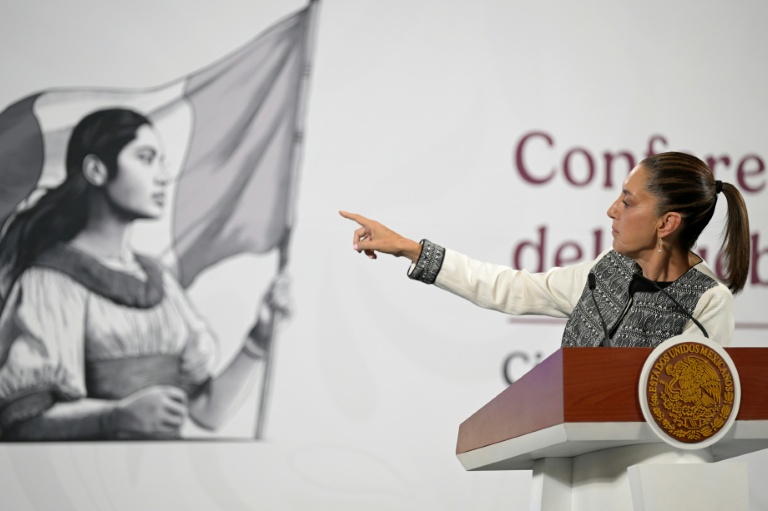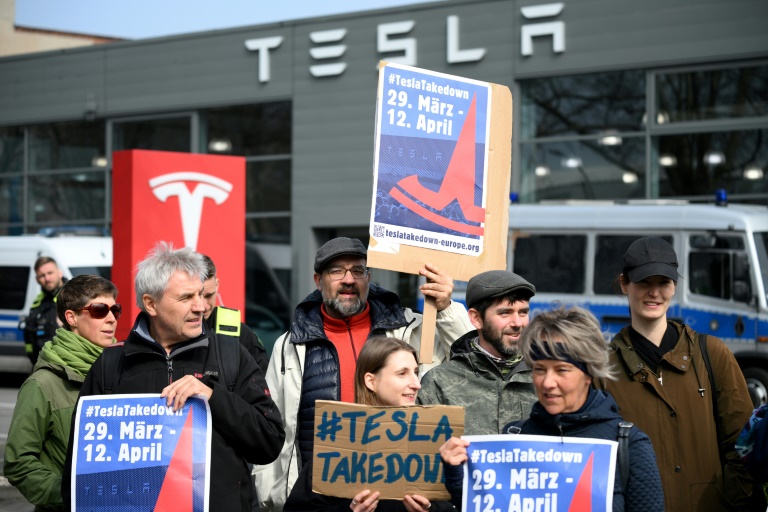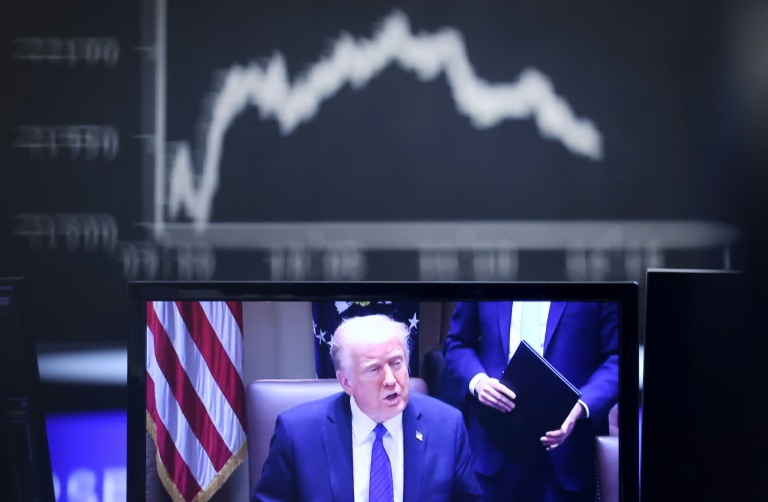Brussels (Belgium) (AFP) – The eurozone’s annual rate of inflation dropped further than expected in March, official data showed Wednesday, fuelling hope that the European Central Bank will cut interest rates in June.
Consumer price rises in the single currency area slowed to 2.4 percent, from 2.6 percent in February, the EU’s statistics agency said.
Analysts surveyed by FactSet had predicted inflation would remain stable at 2.6 percent while economists asked by Bloomberg expected a smaller drop to 2.5 percent.
The figure is getting closer to the ECB’s two-percent target, which will make the case for cutting rates in June stronger, but analysts do not expect a cut at the next monetary policy meeting on April 11.
The Frankfurt-based bank has held rates steady since October 2023 after an aggressive rate-hiking campaign to tame soaring inflation.
Eurozone inflation has fallen significantly from the peak of 10.6 percent reached in October 2022 following Russia’s invasion of Ukraine, which brought a hefty impact on energy costs in Europe.
Core inflation, which strips out volatile energy, food, alcohol and tobacco prices — and a key indicator for the ECB — also dipped further than expected, to 2.9 percent in March from 3.1 percent in February.
Analysts for Bloomberg and FactSet had expected core inflation to record a smaller fall to 3.0 percent.
“The fall in both headline and core inflation in March suggests that the ECB is very likely to begin cutting interest rates in June,” said Andrew Kenningham of London-based consulting firm Capital Economics.
“While today’s data is definitely encouraging, the ECB is in no rush to cut rates this month. We think June will be the moment for the ECB to start cautiously reducing rates,” said Bert Colijn, senior eurozone economist at ING bank.
ECB chief Christine Lagarde indicated last month that a cut in April would be too early and the bank would be able to make a more informed decision later. “We will know a little more in April, but we will know a lot more in June,” she said.
– ‘Arduous’ last mile –
Energy prices in the eurozone also fell, but the 1.8 percent decline last month was much narrower than the 3.7 percent drop in February.
“We continue to approach the inflation target with small steps,” said chief economist at German bank KfW, Fritzi Koehler-Geib. “The last mile remains an arduous affair. The fall in energy prices, which has had a strong dampening effect in recent months, is slowly crumbling away,” she added.
Across the European Union, Lithuania recorded the lowest inflation rate in March, at 0.3 percent, Eurostat data showed.
There was also a welcome slowdown in consumer price rises in the EU’s two economic powerhouses, France and Germany.
Germany recorded an annual rate of inflation in March of 2.3 percent, down from 2.7 percent in February.
In France, the inflation reading for March was 2.4 percent, a much smaller figure than the 3.2 percent recorded the previous month.
Other Eurostat data published Wednesday showed the unemployment rate in the single currency area was stable at 6.5 percent in February, the same figure as in January.
Previous data had put the unemployment rate at 6.4 percent in January but the agency revised that figure in Wednesday’s release.
© 2024 AFP






















